Travelers 2014 Annual Report Download - page 139
Download and view the complete annual report
Please find page 139 of the 2014 Travelers annual report below. You can navigate through the pages in the report by either clicking on the pages listed below, or by using the keyword search tool below to find specific information within the annual report.-
 1
1 -
 2
2 -
 3
3 -
 4
4 -
 5
5 -
 6
6 -
 7
7 -
 8
8 -
 9
9 -
 10
10 -
 11
11 -
 12
12 -
 13
13 -
 14
14 -
 15
15 -
 16
16 -
 17
17 -
 18
18 -
 19
19 -
 20
20 -
 21
21 -
 22
22 -
 23
23 -
 24
24 -
 25
25 -
 26
26 -
 27
27 -
 28
28 -
 29
29 -
 30
30 -
 31
31 -
 32
32 -
 33
33 -
 34
34 -
 35
35 -
 36
36 -
 37
37 -
 38
38 -
 39
39 -
 40
40 -
 41
41 -
 42
42 -
 43
43 -
 44
44 -
 45
45 -
 46
46 -
 47
47 -
 48
48 -
 49
49 -
 50
50 -
 51
51 -
 52
52 -
 53
53 -
 54
54 -
 55
55 -
 56
56 -
 57
57 -
 58
58 -
 59
59 -
 60
60 -
 61
61 -
 62
62 -
 63
63 -
 64
64 -
 65
65 -
 66
66 -
 67
67 -
 68
68 -
 69
69 -
 70
70 -
 71
71 -
 72
72 -
 73
73 -
 74
74 -
 75
75 -
 76
76 -
 77
77 -
 78
78 -
 79
79 -
 80
80 -
 81
81 -
 82
82 -
 83
83 -
 84
84 -
 85
85 -
 86
86 -
 87
87 -
 88
88 -
 89
89 -
 90
90 -
 91
91 -
 92
92 -
 93
93 -
 94
94 -
 95
95 -
 96
96 -
 97
97 -
 98
98 -
 99
99 -
 100
100 -
 101
101 -
 102
102 -
 103
103 -
 104
104 -
 105
105 -
 106
106 -
 107
107 -
 108
108 -
 109
109 -
 110
110 -
 111
111 -
 112
112 -
 113
113 -
 114
114 -
 115
115 -
 116
116 -
 117
117 -
 118
118 -
 119
119 -
 120
120 -
 121
121 -
 122
122 -
 123
123 -
 124
124 -
 125
125 -
 126
126 -
 127
127 -
 128
128 -
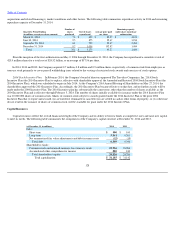 129
129 -
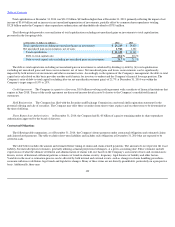 130
130 -
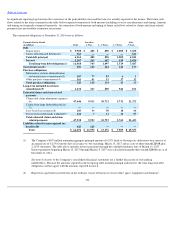 131
131 -
 132
132 -
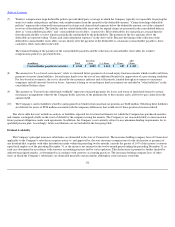 133
133 -
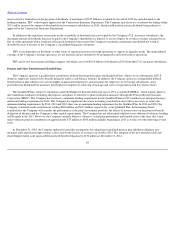 134
134 -
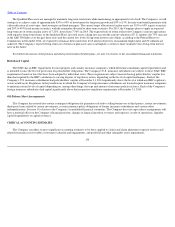 135
135 -
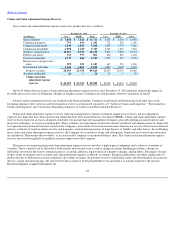 136
136 -
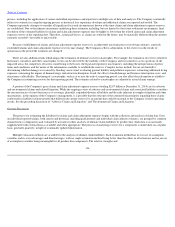 137
137 -
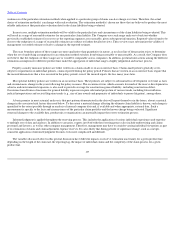 138
138 -
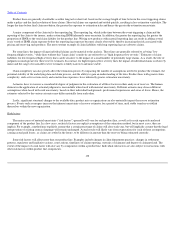 139
139 -
 140
140 -
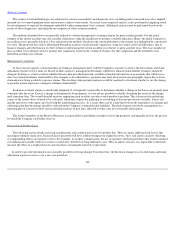 141
141 -
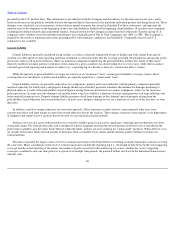 142
142 -
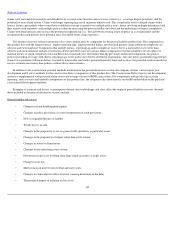 143
143 -
 144
144 -
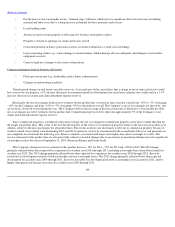 145
145 -
 146
146 -
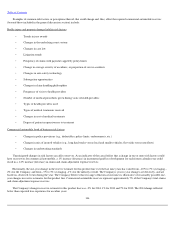 147
147 -
 148
148 -
 149
149 -
 150
150 -
 151
151 -
 152
152 -
 153
153 -
 154
154 -
 155
155 -
 156
156 -
 157
157 -
 158
158 -
 159
159 -
 160
160 -
 161
161 -
 162
162 -
 163
163 -
 164
164 -
 165
165 -
 166
166 -
 167
167 -
 168
168 -
 169
169 -
 170
170 -
 171
171 -
 172
172 -
 173
173 -
 174
174 -
 175
175 -
 176
176 -
 177
177 -
 178
178 -
 179
179 -
 180
180 -
 181
181 -
 182
182 -
 183
183 -
 184
184 -
 185
185 -
 186
186 -
 187
187 -
 188
188 -
 189
189 -
 190
190 -
 191
191 -
 192
192 -
 193
193 -
 194
194 -
 195
195 -
 196
196 -
 197
197 -
 198
198 -
 199
199 -
 200
200 -
 201
201 -
 202
202 -
 203
203 -
 204
204 -
 205
205 -
 206
206 -
 207
207 -
 208
208 -
 209
209 -
 210
210 -
 211
211 -
 212
212 -
 213
213 -
 214
214 -
 215
215 -
 216
216 -
 217
217 -
 218
218 -
 219
219 -
 220
220 -
 221
221 -
 222
222 -
 223
223 -
 224
224 -
 225
225 -
 226
226 -
 227
227 -
 228
228 -
 229
229 -
 230
230 -
 231
231 -
 232
232 -
 233
233 -
 234
234 -
 235
235 -
 236
236 -
 237
237 -
 238
238 -
 239
239 -
 240
240 -
 241
241 -
 242
242 -
 243
243 -
 244
244 -
 245
245 -
 246
246 -
 247
247 -
 248
248 -
 249
249 -
 250
250 -
 251
251 -
 252
252 -
 253
253 -
 254
254 -
 255
255 -
 256
256 -
 257
257 -
 258
258 -
 259
259 -
 260
260 -
 261
261 -
 262
262 -
 263
263 -
 264
264 -
 265
265 -
 266
266 -
 267
267 -
 268
268 -
 269
269 -
 270
270 -
 271
271 -
 272
272 -
 273
273 -
 274
274 -
 275
275 -
 276
276 -
 277
277 -
 278
278 -
 279
279 -
 280
280 -
 281
281 -
 282
282 -
 283
283 -
 284
284 -
 285
285 -
 286
286 -
 287
287 -
 288
288 -
 289
289 -
 290
290 -
 291
291 -
 292
292 -
 293
293 -
 294
294 -
 295
295 -
 296
296 -
 297
297 -
 298
298 -
 299
299 -
 300
300 -
 301
301 -
 302
302 -
 303
303 -
 304
304 -
 305
305 -
 306
306 -
 307
307 -
 308
308 -
 309
309 -
 310
310 -
 311
311 -
 312
312 -
 313
313 -
 314
314 -
 315
315 -
 316
316 -
 317
317 -
 318
318 -
 319
319 -
 320
320 -
 321
321 -
 322
322 -
 323
323 -
 324
324 -
 325
325 -
 326
326 -
 327
327 -
 328
328 -
 329
329 -
 330
330 -
 331
331 -
 332
332 -
 333
333 -
 334
334 -
 335
335 -
 336
336 -
 337
337 -
 338
338 -
 339
339 -
 340
340 -
 341
341 -
 342
342 -
 343
343 -
 344
344 -
 345
345 -
 346
346 -
 347
347 -
 348
348 -
 349
349 -
 350
350 -
 351
351 -
 352
352 -
 353
353 -
 354
354 -
 355
355 -
 356
356 -
 357
357 -
 358
358 -
 359
359 -
 360
360 -
 361
361 -
 362
362 -
 363
363 -
 364
364 -
 365
365 -
 366
366
 |
 |

Table of Contents
Product lines are generally classifiable as either long tail or short tail, based on the average length of time between the event triggering claims
under a policy and the final resolution of those claims. Short tail claims are reported and settled quickly, resulting in less estimation variability. The
longer the time before final claim resolution, the greater the exposure to estimation risks and hence the greater the estimation uncertainty.
A major component of the claim tail is the reporting lag. The reporting lag, which is the time between the event triggering a claim and the
reporting of the claim to the insurer, makes estimating IBNR inherently more uncertain. In addition, the greater the reporting lag, the greater the
proportion of IBNR to the total claim liability for the product line. Writing new products with material reporting lags can result in adding several
years' worth of IBNR claim exposure before the reporting lag exposure becomes clearly observable, thereby increasing the risk associated with
pricing and reserving such products. The most extreme example of claim liabilities with long reporting lags are asbestos claims.
For some lines, the impact of large individual claims can be material to the analysis. These lines are generally referred to as being "low
frequency/high severity," while lines without this "large claim" sensitivity are referred to as "high frequency/low severity." Estimates of claim
liabilities for low frequency/high severity lines can be sensitive to the impact of a small number of potentially large claims. As a result, the role of
judgment is much greater for these reserve estimates. In contrast, for high frequency/low severity lines the impact of individual claims is relatively
minor and the range of reasonable reserve estimates is likely narrower and more stable.
Claim complexity can also greatly affect the estimation process by impacting the number of assumptions needed to produce the estimate, the
potential stability of the underlying data and claim process, and the ability to gain an understanding of the data. Product lines with greater claim
complexity, such as for certain surety and construction exposures, have inherently greater estimation uncertainty.
Actuaries have to exercise a considerable degree of judgment in the evaluation of all these factors in their analysis of reserves. The human
element in the application of actuarial judgment is unavoidable when faced with material uncertainty. Different actuaries may choose different
assumptions when faced with such uncertainty, based on their individual backgrounds, professional experiences and areas of focus. Hence, the
estimates selected by the various actuaries may differ materially from each other.
Lastly, significant structural changes to the available data, product mix or organization can also materially impact the reserve estimation
process. Events such as mergers increase the inherent uncertainty of reserve estimates for a period of time, until stable trends re
-
establish
themselves within the new organization.
Risk factors
The major causes of material uncertainty ("risk factors") generally will vary for each product line, as well as for each separately analyzed
component of the product line. In a few cases, such risk factors are explicit assumptions of the estimation method, but in most cases, they are
implicit. For example, a method may explicitly assume that a certain percentage of claims will close each year, but will implicitly assume that the legal
interpretation of existing contract language will remain unchanged. Actual results will likely vary from expectations for each of these assumptions,
causing actual paid losses, as claims are settled in the future, to be different in amount than the reserves being estimated currently.
Some risk factors will affect more than one product line. Examples include changes in claim department practices, changes in settlement
patterns, regulatory and legislative actions, court actions, timeliness of claim reporting, state mix of claimants and degree of claimant fraud. The
extent of the impact of a risk factor will also vary by components within a product line. Individual risk factors are also subject to interactions with
other risk factors within product line components.
138
